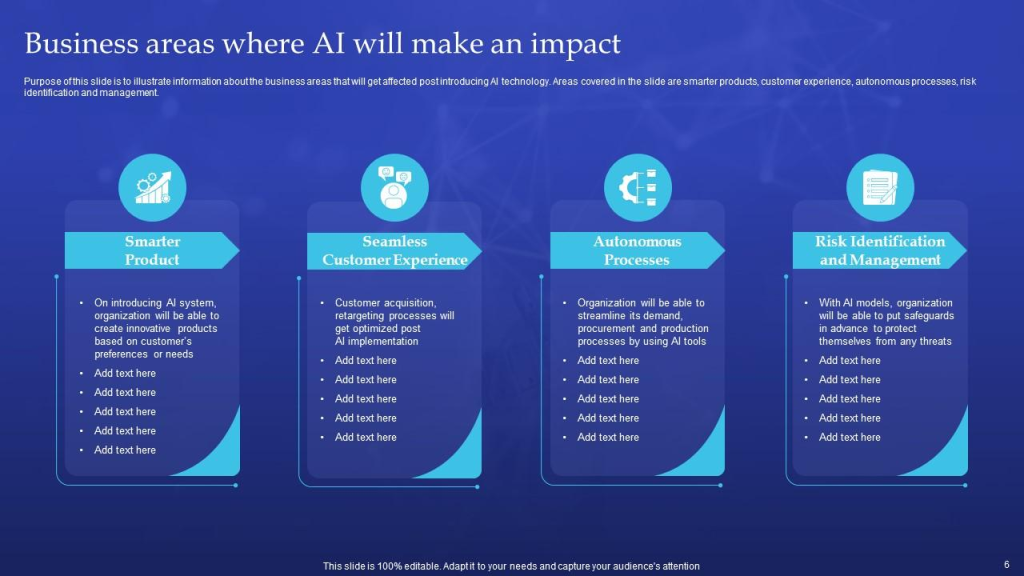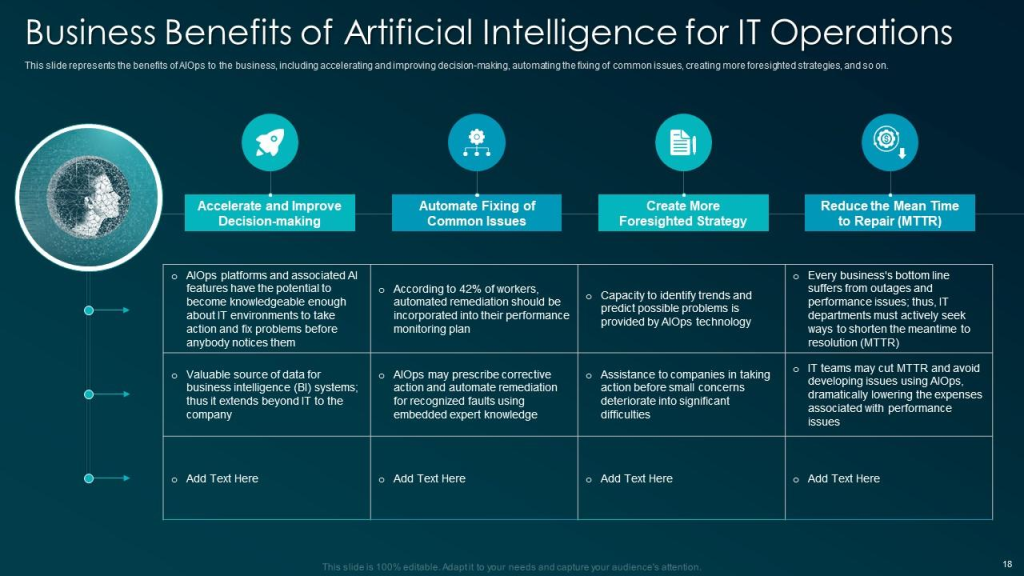
Are you tired of manually monitoring your business operations? Do you want to increase efficiency, reduce downtime, and improve customer satisfaction? Look no further than AIOps – the revolutionary technology that uses artificial intelligence to transform the way businesses operate.
What is AIOps?
AIOps, or artificial intelligence for IT operations, is a technology that combines big data, machine learning, and other AI techniques to automate and improve IT operations. It uses algorithms to analyze large amounts of data from various sources, including logs, metrics, and events, to identify patterns, anomalies, and potential issues.
How can AIOps help with business operations?
AIOps can help businesses in various ways, including:
1. Predictive maintenance
AIOps can help businesses predict and prevent equipment failures, reducing downtime and increasing productivity. By analyzing data from sensors and other devices, AIOps can identify patterns that indicate potential equipment failures and alert maintenance teams before they occur.
2. Incident management
AIOps can help businesses detect and resolve incidents faster, reducing the impact on customers and the business. By analyzing data from various sources, including social media and customer feedback, AIOps can identify issues and route them to the appropriate teams for resolution.
3. Performance optimization
AIOps can help businesses optimize their systems and applications for better performance and efficiency. By analyzing data from various sources, including user behavior and system logs, AIOps can identify bottlenecks and suggest improvements to reduce latency and increase throughput.
How to implement AIOps for business operations?
Implementing AIOps for business operations requires a strategic approach. Here are some steps to get started:

1. Identify use cases
Identify the business areas where AIOps can provide the most value. This can include areas such as predictive maintenance, incident management, and performance optimization.
2. Gather data
Gather data from various sources, including logs, metrics, and events. Make sure the data is clean, standardized, and relevant to the use case.
3. Train models
Train AI models using machine learning techniques such as supervised and unsupervised learning. Use the data gathered in step 2 to train the models.
4. Deploy models
Deploy the models in production environments and monitor their performance. Make sure the models are accurate, efficient, and scalable.
5. Continuously improve
Continuously improve the models by gathering feedback from users and monitoring their performance. Use the feedback to refine the models and improve their accuracy and efficiency.
Conclusion
AIOps is a powerful technology that can transform the way businesses operate. By automating and improving IT operations, businesses can increase efficiency, reduce downtime, and improve customer satisfaction. Implementing AIOps requires a strategic approach, including identifying use cases, gathering data, training models, deploying models, and continuously improving. So, what are you waiting for? Start using AIOps for your business operations today!
